I want to plot a map of specific sites to interpret their effects on the surrounding city environment. To do this, I would like to plot the sites as bubbles, with a decreasing gradient towards the edge of the circle, and where the gradient of the overlapping circles is the sum.
As an example I've used this:
# libraries
import matplotlib.pyplot as plt
import numpy as np
import seaborn as sns
# create data
x = np.random.rand(15)
y = x+np.random.rand(15)
z = x+np.random.rand(15)
z=z*z
# Change color with c and alpha. I map the color to the X axis value.
plt.scatter(x, y, s=1500, c=z, cmap="Blues", alpha=0.4, edgecolors="grey", linewidth=1)
# Add titles (main and on axis)
plt.xlabel("the X axis")
plt.ylabel("the Y axis")
plt.title("A colored bubble plot")
plt.show();
which produces:
However, the color of the circles does not decay, nor do they seem to sum the intended way.
Is there any smart way to do this, or could it possibly be easier with some kind of heatmap solution, or using grids and a decaying effect on adjacent tiles?

